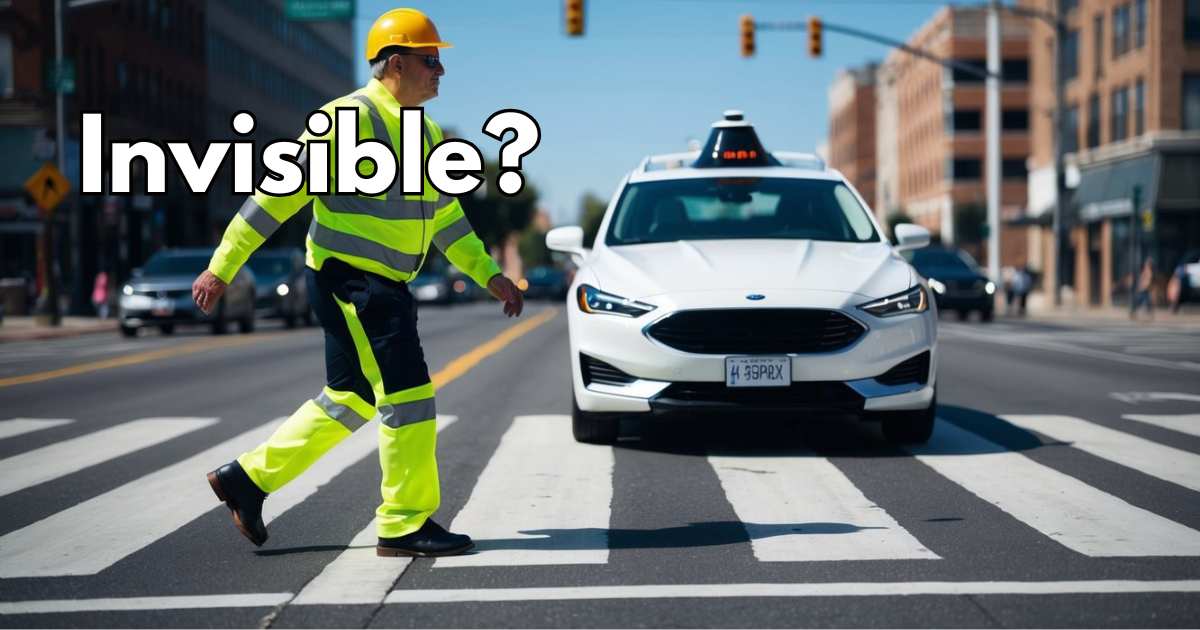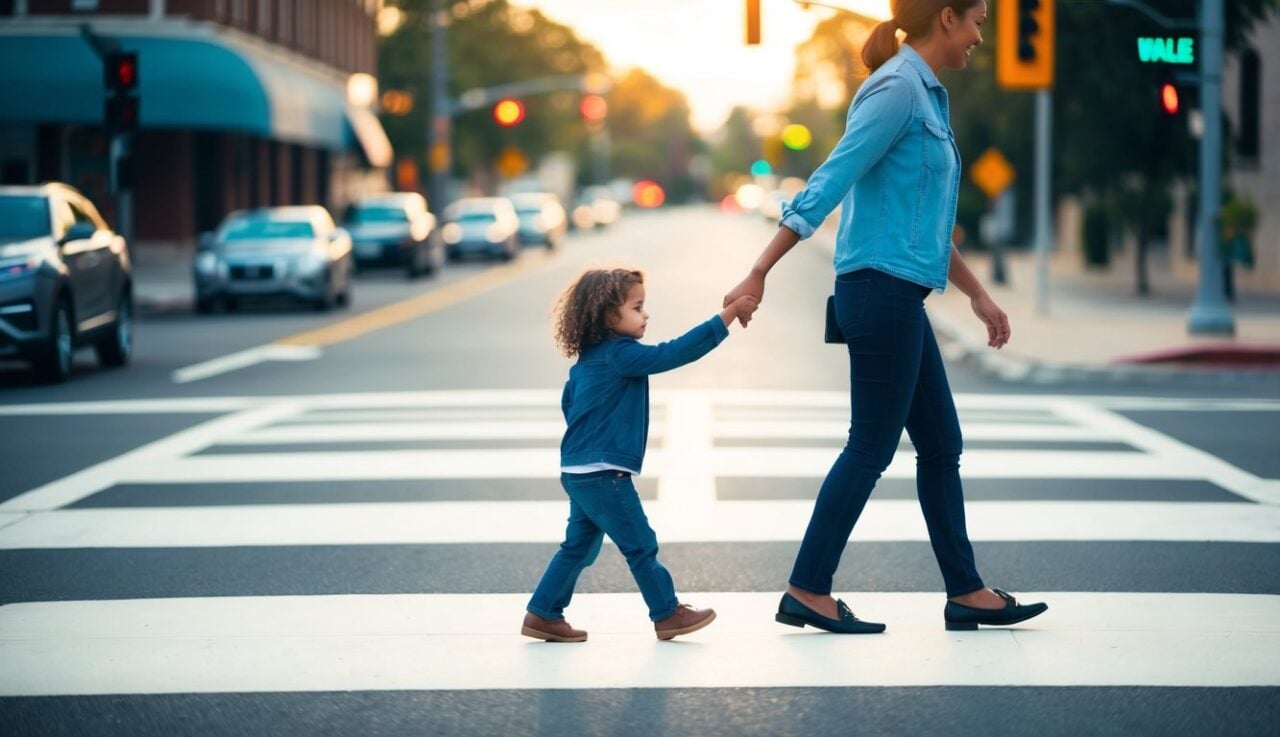The Hidden Dangers of High-Visibility Gear: When “See and Be Seen” Backfires
For years, the golden rule of road safety for pedestrians and cyclists has been simple: wear bright, reflective clothing to make yourself as visible as possible. The logic seems airtight—if drivers (and their high-tech cars) can see you better, they’re less likely to hit you.
But what if that neon vest you’re wearing isn’t making you more visible to cars, but less?

That’s the unsettling possibility raised by a recent study from the Insurance Institute for Highway Safety (IIHS), which found that Autonomous Emergency Braking (AEB) systems—designed to detect and prevent collisions—struggled to recognize mannequins decked out in reflective gear. In other words, the very clothing designed to make people more noticeable might be turning them into automotive ghosts.
Autonomous Emergency Braking: A Safety Feature with a Blind Spot
AEB systems have become a standard feature in modern vehicles, using cameras and radar to detect obstacles—like pedestrians, cyclists, or other cars—and automatically apply the brakes if a crash seems imminent. In theory, this should make roads safer. And in many cases, it does.
But in the IIHS study, when mannequins were dressed in different outfits—including dark clothing, reflective strips, a fully reflective jacket, and even a head-to-toe white ensemble—the results were surprising. Instead of being more visible, the mannequins wearing reflective materials were actually harder for AEB systems to detect.
Translation? Your high-vis gear might make you stand out to human drivers, but to some of the most advanced safety technology on the road, you might as well be wearing an invisibility cloak.
🔔 Be The Smartest Automotive Enthusiast In Your Friend Group!
Twice per week you will get the latest automotive news making you the smartest and most informed automotive enthusiast in just 5 minutes.
Join 3.000+ Subscribers to Four Wheel Trends, FREE!
Why Is This Happening?
The study didn’t pinpoint a single cause, but researchers suspect that reflective materials could be interfering with how AEB sensors interpret their surroundings. Many AEB systems rely on infrared or visible-light cameras, which may struggle with the way reflective clothing bounces back light. Instead of helping the system recognize a pedestrian, it might be creating glare or confusing signals, making the person disappear from the car’s digital vision.
To put it in perspective, it’s like trying to read a road sign while someone shines a flashlight directly into your eyes. The information is there—but it’s not getting through clearly.
What This Means for Road Safety
Pedestrians and Cyclists: Proceed with Caution
If you’re a cyclist or pedestrian who swears by high-vis gear (as you should), this study doesn’t mean you should ditch it altogether. Human drivers still benefit from seeing those bright colors and reflective strips. However, it does suggest that relying only on reflective gear for safety might not be enough—especially in an era where AEB-equipped cars are becoming more common.
So what’s the best strategy? Until more research is done, it may be wise to supplement reflectivity with movement-based visibility—like blinking lights or other attention-grabbing features that both humans and machines can detect.

A Wake-Up Call for Automotive Manufacturers
For carmakers, this study is a red flag that AEB technology still has blind spots—literally. If the goal is to create safer roads for everyone, these systems need to be able to detect all pedestrians, regardless of what they’re wearing.
Manufacturers may need to fine-tune AEB algorithms, improve sensor accuracy, or even rethink how these systems interpret reflective materials. If a $5 reflective vest is all it takes to fool a multi-million-dollar safety feature, there’s clearly work to be done.
Safety Standards: Time for an Update?
This research might also prompt safety organizations to rethink the design of high-visibility gear. If reflective materials are causing issues for AEB systems, should manufacturers tweak their designs to be more tech-friendly? Would a mix of materials—some reflective, some non-reflective—strike a better balance between human and machine visibility?
The findings raise big questions, and for now, there aren’t clear answers. But one thing is certain: as cars get smarter, safety gear might need to get smarter, too.
Looking Ahead
AEB technology isn’t going anywhere—it’s a key part of the push toward autonomous driving and accident prevention. But as this study shows, even the most advanced systems can still struggle with unexpected challenges.
In the meantime, pedestrians and cyclists should remain extra cautious, especially in low-light conditions. Keep using high-visibility gear, but consider adding other visibility aids—like lights or motion-based signals—that are harder for both humans and machines to ignore.
And if you see a car approaching and you’re not 100% sure it sees you? Maybe don’t rely on technology to hit the brakes. Play it safe—because until AEB systems get a much-needed upgrade, it turns out “high visibility” might not be quite as visible as we thought.
Source: thetimes.com
